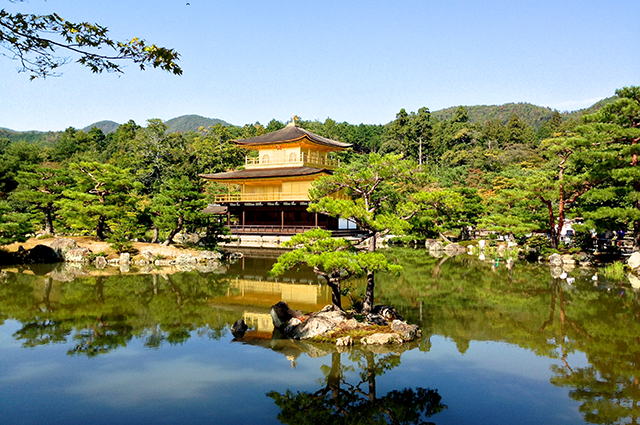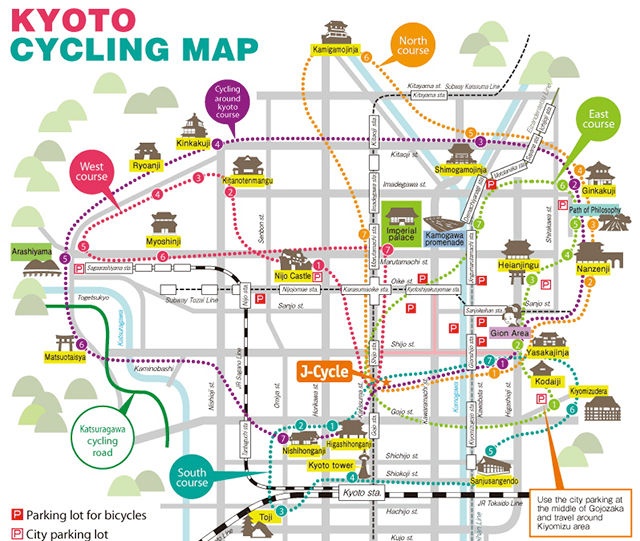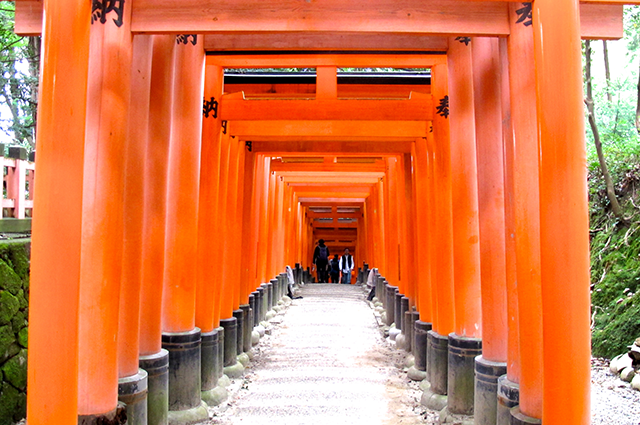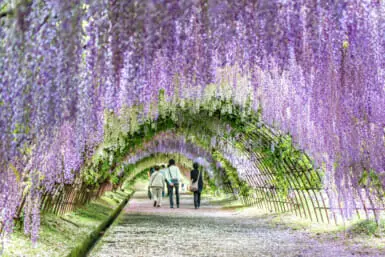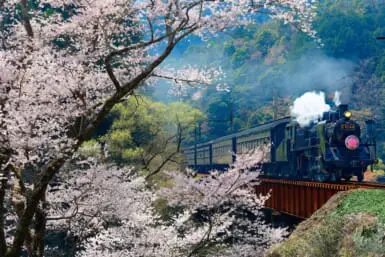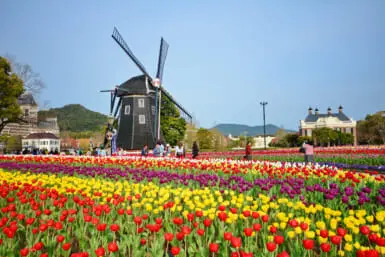With so many things to do and places to see in Tokyo, the thought of traveling to other parts of Japan may often be left on the back burner. Even with the generous amount of National Holidays as a reminder to take weekend trips, it’s still hard to get out of town.
By Sami Kawahara
But with a final push from family and friends to explore Japan, I found myself getting off the Shinkansen and heading towards our machiya for a quick weekend getaway in Kyoto. A machiya, or a traditional wooden townhouse, is a style of building that Kyoto is famous for and it was the perfect place for our group of four. It’s also an economical alternative to a much pricier ryokan that doesn’t sacrifice the authentic feel of a traditional stay. Our machiya was located in the Gion District, a few steps away from the famous Hanami-Koji Street. Tatami rooms, futons, and shijo doors inside the house made us feel like we had stepped back in time, while the comfort of the modern amenities and appliances put us at present-day ease.
Feeling anxious that we didn’t have enough time to hit all the hotspots in two days, we made sure to follow the recommendations from a 26-year resident of Kyoto (originally from California) whom we met upon arrival. If we had to narrow down those activities, a hike up Fushimi Inari or a bike ride around town to get the abbreviated, full effect of Kyoto is the best way to spend the weekend for people of all ages.
Cycling
After settling in, we decided to rent bikes and explore the city. At the end of the day, this is one of the most efficient ways to see the town. We took a quick walk to J-Cycle and rented our reasonably priced bikes for the day at ¥800. (Side note: we changed our minds about the basic bike, and upgraded to the electric bike for ¥1,500—a decision we didn’t regret. With the electric bike, you still pedal, but the bike gives you a little kick-start and puts more energy into each pedal stroke).
Unlike Tokyo where we often see steep hills and roads not suitable for biking, Kyoto was mostly flat and biker friendly with bike lanes on roads and sidewalks. A quick, 15-minute bike ride later, we arrived at Fushimi Inari Taisha.
Fushimi Inari Taisha
Fushimi Inari is a popular shrine at the base of a mountain in the southwest part of Kyoto. There are walking trails up the mountain with beautiful torii gates leading the way. Hundreds of smaller torii gates, engraved with the names of families or companies who donated them, line the mountain to form a picturesque “torii tunnel” for visitors to walk through during the gradually ascending trail. Small steps and even surfaces allow for a fairly easy and painless hike up the mountain.
The full trail takes no longer than three hours, and visitors are able to turn around and head down at any time. The small shops and quaint cafes along the way also make the hike more manageable. Each shop has a unique element—the pot of hard-boiled eggs over a burning flame caught our attention as we stopped for a quick, two-egg break. Halfway up the mountain, there is a lookout point with benches and shops with ice cream, coffee, and a lunch menu. The trail after the lookout point is a bit steeper and better for those looking for a slight challenge.
After the hike, we headed back to the Gion District, and after the bike and hike combination, we felt justified in our decision to grab drinks and yakitori at one of the many restaurants lining the streets of Hanami-Koji Street. The charm of the wooden buildings and teahouses allowed us to embrace a more traditional Japan.
The following day we made it from the southern part of Kyoto to the northern part in less than 40-minutes by bike. On the way we were able to see the quiet, residential neighborhoods as well as the lively shopping areas. We passed highlights such as Nishiki Market— an entertaining open-air market, and Kinkaku-ji—one of Kyoto’s most famous Zen temples. All were easily accessible on bike and easily doable in one day.
The scenic views and peaceful gardens at the temples were truly enjoyable and a nice change from the bustling streets of Tokyo. Although we were sad to leave, it was reassuring to know that this ideal getaway is only a quick 2.5 hour Shinkansen ride away.
Other Highlights:
Kinkaku-ji Temple
Kinkaku-ji Temple, also known as the Golden Pavilion, is a beautiful, Zen temple covered in gold leaf and rich history. Admission is ¥400 to walk around the temple and garden. The surrounding areas have souvenir shops and food carts selling sweets and drinks.
Nishiki Market
Nishiki Market is a 400-year old market located in the southern part of Kyoto. Similar to Tsukiji Market in Tokyo, local vendors sell food and any and all products related to Kyoto. As the locals say, “There is no kind of food you can’t find at Nishiki.”

